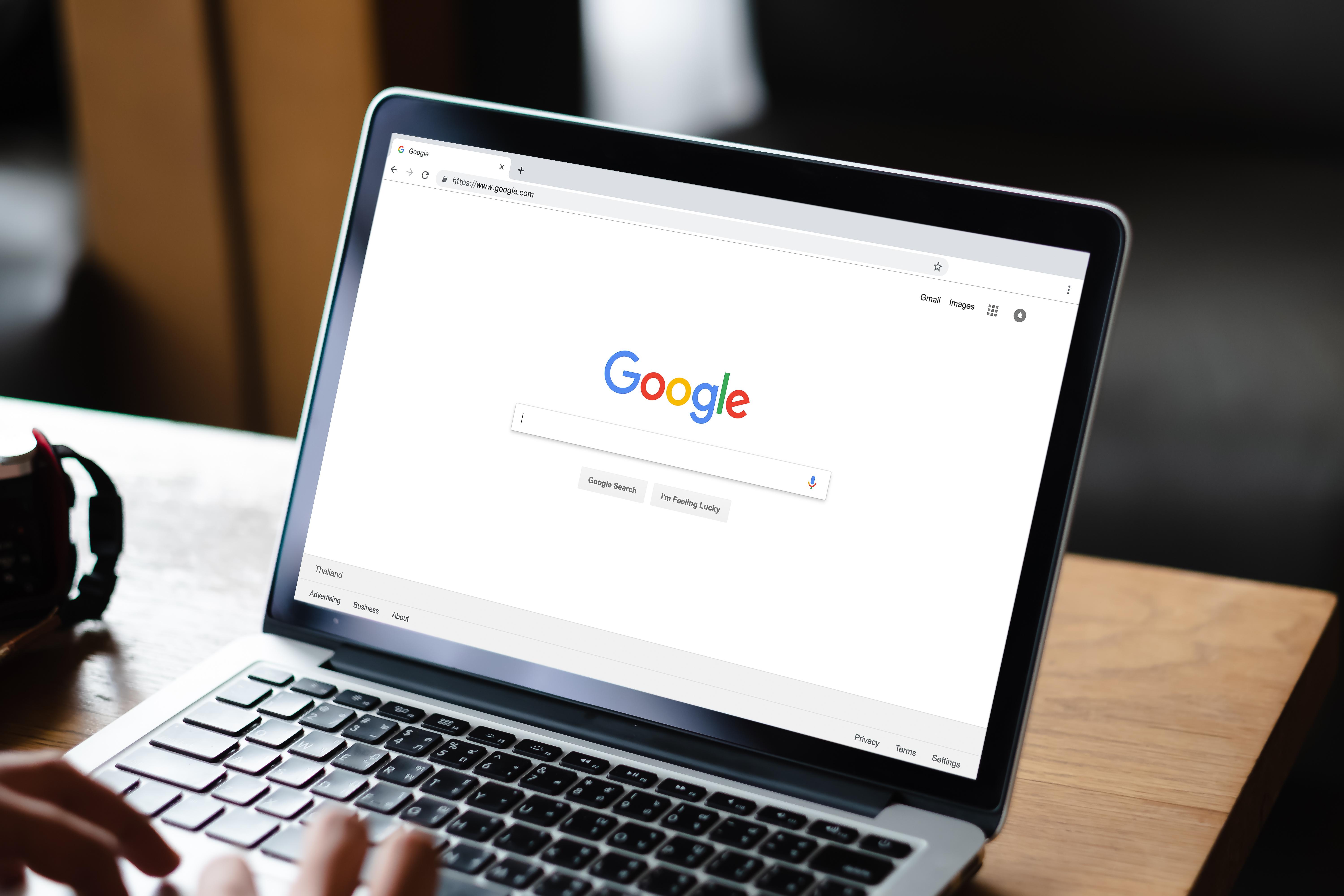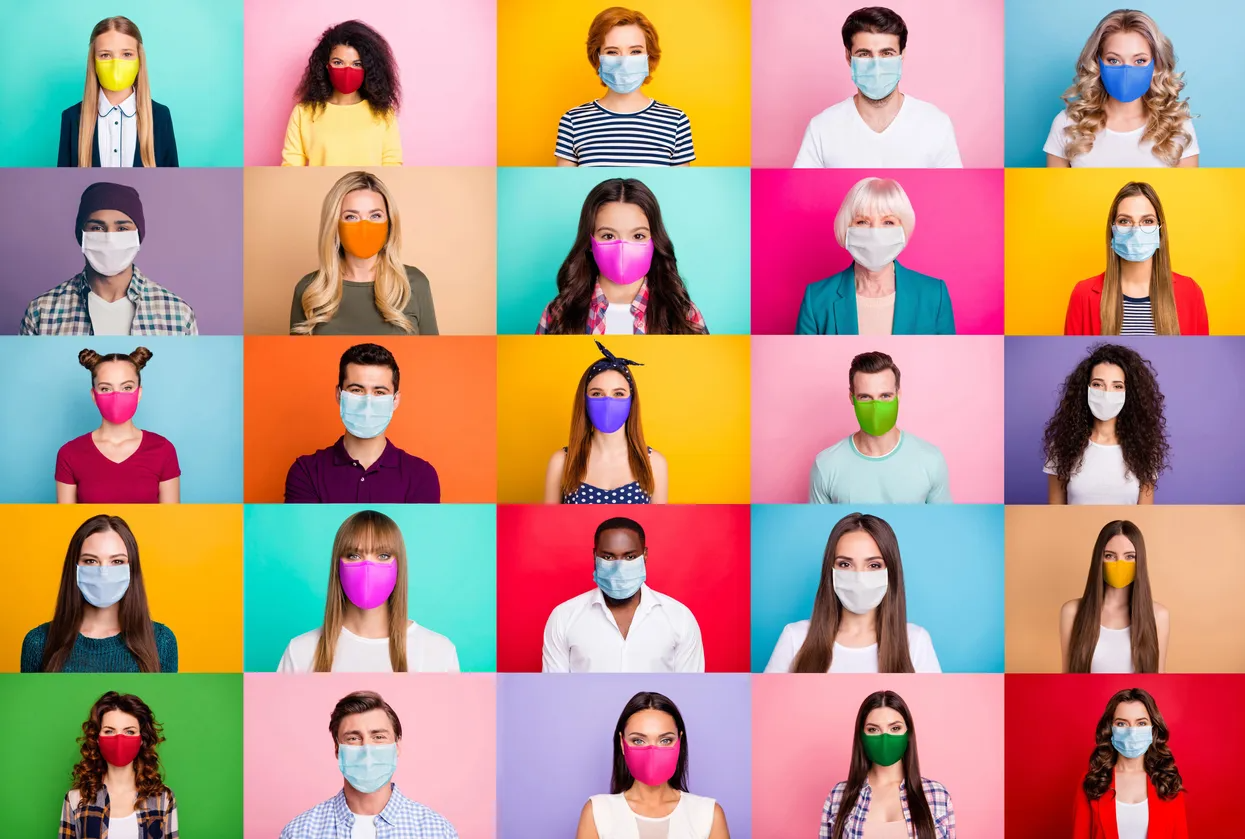Is it COVID-19 or anxiety? Here’s how to tell the difference

Credit: Annie Spratt on Unsplash
- Anxiety can cause symptoms that may mimic (or have you worried about) coronavirus symptoms.
- There are several symptoms of anxiety that are also symptoms of COVID-19, however, there are also key differences in the symptoms of both.
- IAD (illness anxiety disorder) may also lead to some confusion about symptoms. The World Health Organization offers guidelines for when to seek medical attention.

It’s important to note the differences in symptoms of anxiety and COVID-19, although some may overlap.Credit: woocat on Shutterstock
During the coronavirus pandemic, many people may be overwhelmed and experiencing higher levels of anxiety. Anxiety can cause symptoms that may mimic (or have you worried about) coronavirus symptoms.
Additionally, some people may experience illness anxiety disorder (IAD), which is commonly referred to as health anxiety and previously referred to as hypochondria.
Common symptoms of anxiety:
- Chest pain
- Feeling faint/dizzy
- Chills
- Nausea
- Dry mouth
- Disassociation
- Hot flashes and/or sweating
- Fatigue and/or mental exhaustion
- Muscle aches due to tension/stress
- Shortness of breath
- Numbness
Symptoms of COVID-19:
- Fever and/or chills
- Cough
- Shortness of breath
- Fatigue
- Headaches
- Muscle aches
- Loss of taste and/or smell
- Congestion
- Nausea and/or vomiting
- Diarrhea
The symptoms that could present in both cases include shortness of breath/difficulty breathing, chest pain, nausea/vomiting, head or muscle aches, fatigue, and chills.
When examining the difference between anxiety symptoms and COVID-19, it’s important to note the symptoms of COVID-19 that are not present in anxiety attacks.
The difference in symptoms
A person with anxiety may experience heart palpitations, trembling, tingling, or sweating (without a fever). These are all common anxiety symptoms, but not symptoms often associated with COVID-19.
Meanwhile, a person with COVID may experience symptoms that will not be present in anxiety cases, such as a sore throat, loss of taste/smell, a dry cough, and congestion.
It’s not uncommon for people to experience symptoms (or assume they are experiencing symptoms) of a virus that has reached the level of a global pandemic. This is why it’s important to distinguish the differences in the symptoms you’re feeling and the actual symptoms of the COVID-19 virus.
Chest pain, for example, can be felt in both anxiety and coronavirus patients, but there are some key differences in how that chest pain presents. outlines the differences between a panic attack (commonly associated with high anxiety levels) and COVID-19 symptoms. If you’re having a panic attack, according to Medical News Today, your chest pain may last anywhere from 5 minutes to an hour and feel like sharp, stabbing pains. This is often accompanied by mental symptoms such as negative thoughts and emotions.
COVID-19 chest pain is slightly different. It will be persistent and feel like more of a pressure than sharp pains. These pains may be accompanied by other flu-like symptoms, such as a cough.

What is IAD (illness anxiety disorder) and how does it impact you?Credit: zimmytws on Shutterstock
Illness anxiety disorder is the fear or worry that you are, or may become, seriously ill. You may have no physical symptoms, or you may worry that normal sensations or minor symptoms are signs of severe illness.
How common is illness anxiety disorder (IAD)?
IAD is a relatively new disorder, having only been added to the DSM-IV (Diagnostic and Statistical Manual of Mental Disorders, Fifth Edition) in 2013. It has replaced the now-obsolete “hypochondria disorder.”
According to research, among the patients who were previously diagnosed with hypochondriasis, about 25 percent of them will meet the criteria for IAD. Patients with IAD typically remain dissatisfied with negative evaluations from health practitioners and may attempt to consult multiple hospitals or doctors for the same medical problem.
IAD and COVID-19: When should I seek coronavirus testing?
Knowing the difference between anxiety-related symptoms and the general fear and anxiety surrounding COVID-19 and its symptoms can be difficult, so how do you know when you should seek medical attention?
According to the World Health Organization (WHO), 1 in 6 people experience serious symptoms of COVID-19. If a person is struggling with minor symptoms (such as a cough or fever), the WHO suggests they self-isolate and monitor their symptoms carefully. If their symptoms progress or become more serious, they should seek medical attention.
If a person believes they have serious symptoms of COVID-19, they should call their doctor to discuss appropriate next steps and testing for the virus. If you have been cleared from the virus through testing and still seem to be struggling with anxiety caused by the global pandemic, your doctor can offer alternate treatment plans.
Consult the WHO’s coronavirus page on their website here.





